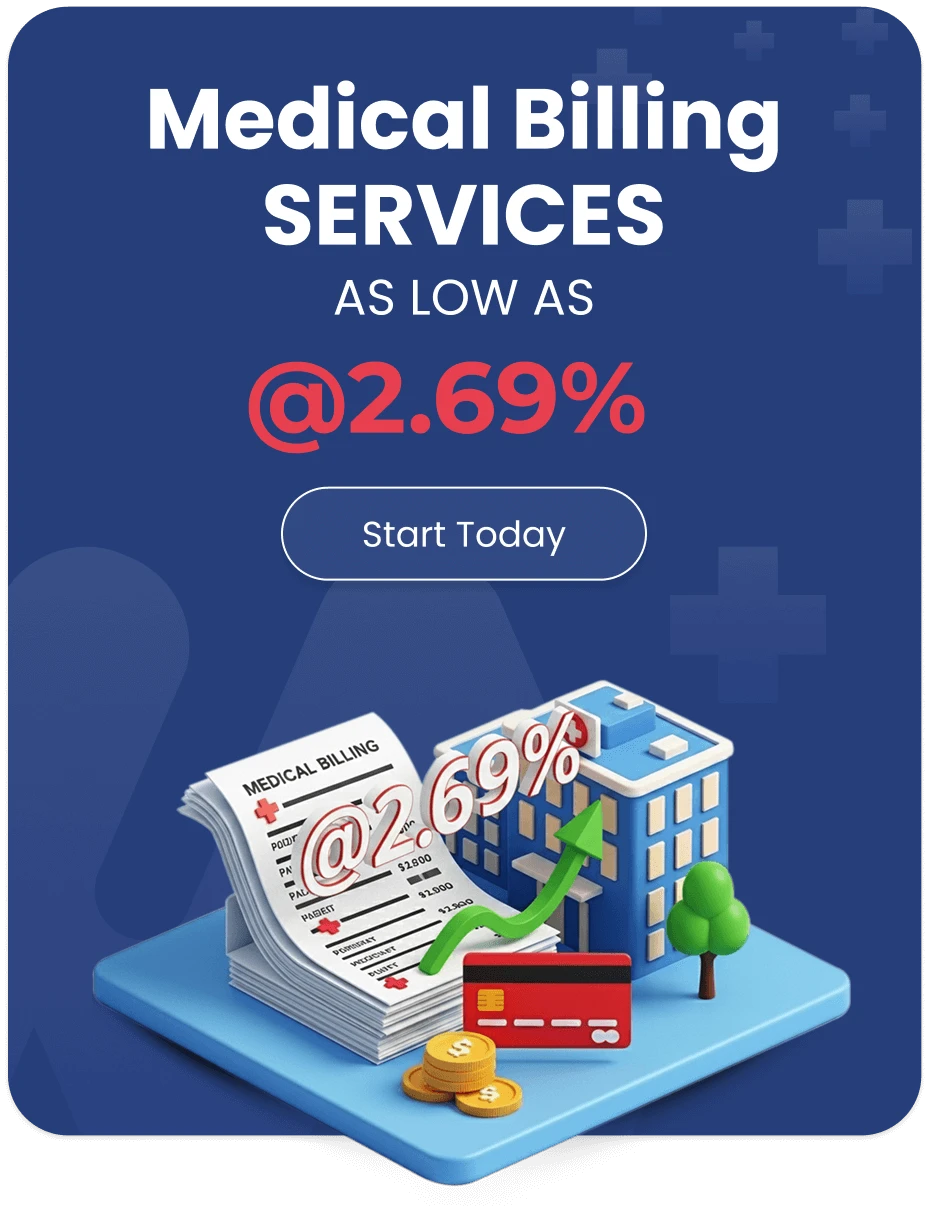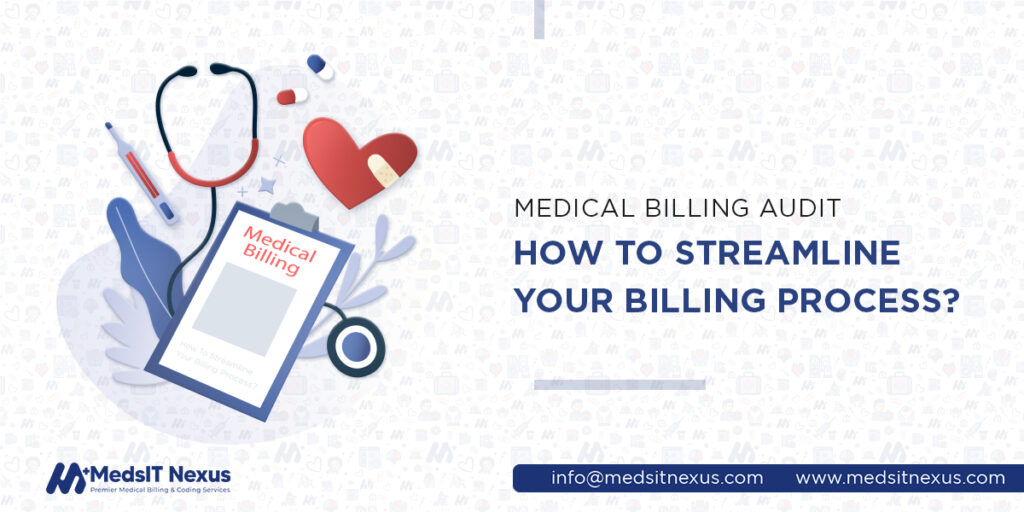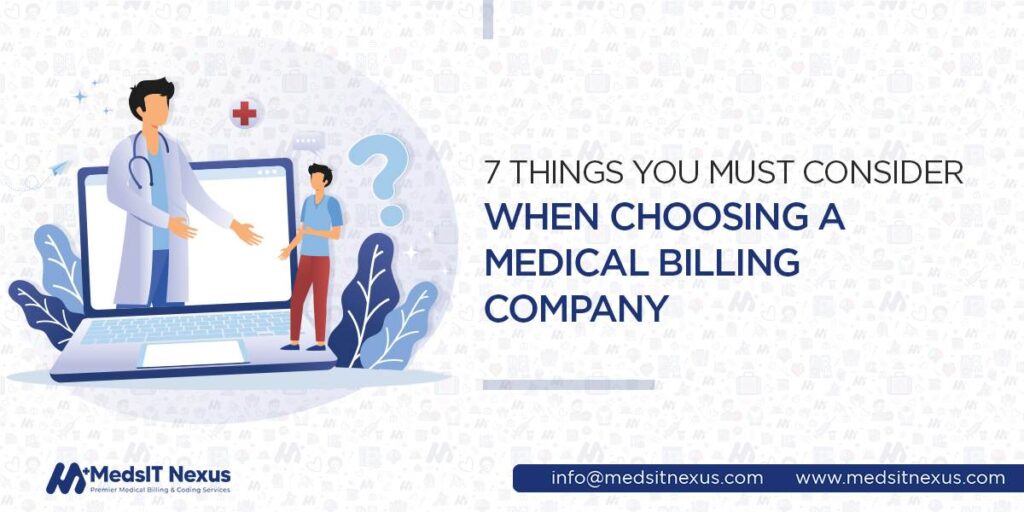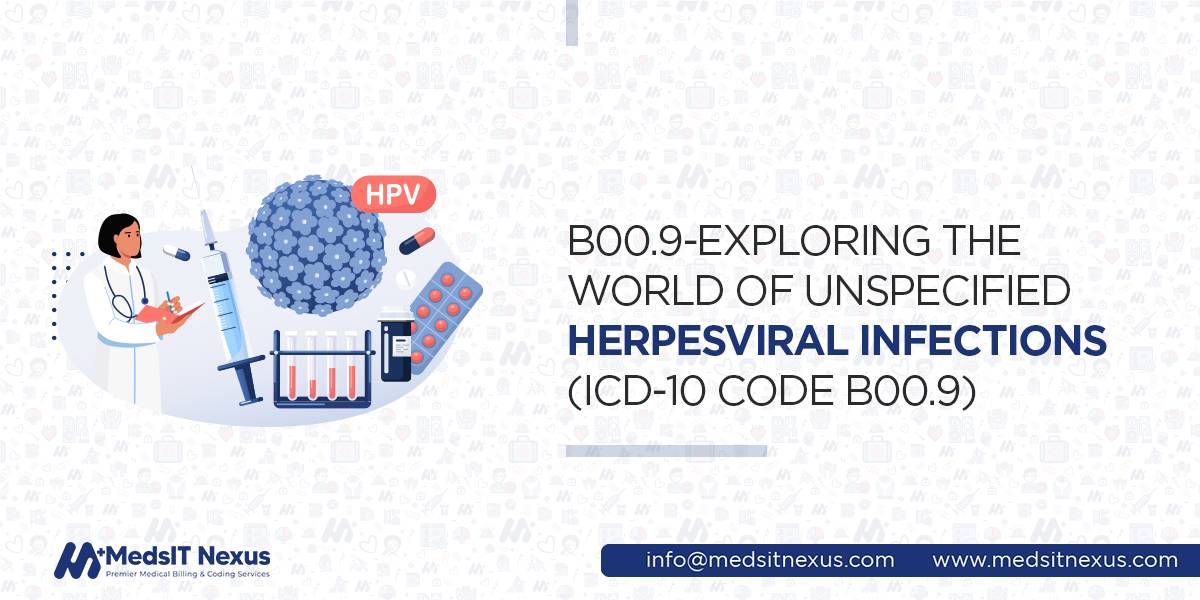Top 10 Revenue cycle management Challenges
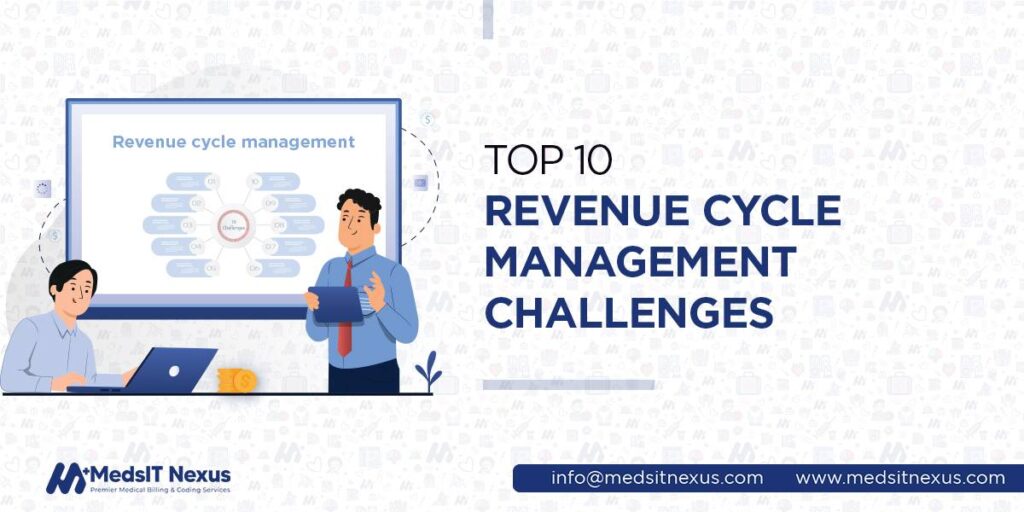
RCM comprises a complex network of workflow processes. That includes timely payment collection, Preparation of documentation that must comply with the Payer standard protocols and other regulatory authorities, building an effective and open line of communication between the providers and payers, and receiving claims reimbursements without delay. These are the most common revenue cycle management challenges that exist in every medical practice without any distinction; this is why the practice of RCM plays a vital role in maintaining the financial health of healthcare organizations.
10 critical stages of revenue cycle management
Although the revenue cycle process is notoriously complex in terms of the periodic evaluation of the legislative regulations, medical practices procedural coding, these complications cause the majority of the healthcare systems and organizations in the United States to spend around $400 billion annually in processing claims, payments, billing which is a 15% of the total healthcare revenue. Furthermore, we will sincerely look into the revenue cycle system and list down the hidden complications in it to convey to you for acquiring a financial partnership with any renowned healthcare administrative partner because this would be the ultimate solution to get rid of the complications in the process.
Capturing the appropriate level of revenue
In practice management, appropriate revenue collection is challenging because of the charge entry and fee schedule. Charge entry itself comprises a network of complicated and connected processes that makes this process challenging for medical practitioners to be completed successfully.The charge entry process includes the accurate medical billing information entry adding modifiers and the diagnosis and procedural coding implication before submitting the claim to the insurance carrier for reimbursement.A least minor mistake in this process could result in the denial of the claim, which would cause the practice revenue loss of thousands of dollars. Moreover, errors in filing claims damage the relationship between provider and patient.
Charge capture and coding
The Premier step in the payer’s reimbursement process is charge capturing. The crucial challenge for the providers is to maintain accuracy in getting paid for the services a health system provides based on the charge description manager. If the providers fail to process a charge capturing with complete accuracy, it would be a significant risk for the revenue cycle. Because of the periodic evaluation of the compliance standards, a crucial challenge for healthcare providers is maintaining the accuracy in the coding implication for the procedures fully compliant with the ICD-10-CM requirements for diagnosis documentation. Physicians can’t stay updated with the insurance carrier coding standards, which often leads them to insufficient diagnosis codes and maximizes workloads, ultimately failing to get reimbursement.
Problem with patient access
According to the survey conducted by Experian Health and PYMNTS, patients prefer healthcare providers whose clinic comprises digital tools and offers a patient portal to access medical records electronically. The primary reason behind this is that if the medical providers utilize the healthcare technology, it streamlines the process of appointment scheduling and managing pre-appointment activities like registration and explanation of benefits verification, so the patients feel more convenient in getting healthcare assistance from such providers.
Following are the benefits patients get from digitally-focused Patient Access Solutions:
- Maximizes the accuracy of the patient’s registration process
- Eliminates the human errors in the whole process that can lead to claim denials or billing errors in the practice revenue cycle
- The use of automation streamlines the process
- Patients have access to medical records electronically and online via mobile devices
- Provides a convenient and digital experience to the patients
Periodic evaluation in healthcare regulatory and compliance standards
Periodic evaluation in healthcare regulations is considered the most crucial challenge providers must face in the healthcare revenue cycle to protect patients’ personal information. It is vital for the revenue cycle management in healthcare to meet the compliance requirements in procedural coding, conducting regular billing and coding audits, and filing claims electronically to maintain an infallible workstation.
Keeping accounts receivable (AR) days to the minimum
It is crucial to keep your revenue cycle healthy, ensuring that the physicians in your organization
are getting reimbursement properly for the rendered services to maximize the healthcare
organization’s financial health. Keeping AR days to the minimum plays a significant role in keeping
your revenue cycle productive and controlling the cash flow of medical facilities.
It is the most complicated challenge for medical practitioners to keep AR days of their clinical
practice minimum and identify the issue that is increasing AR days. If your medical practice’s AR
days are growing, your facility is in danger of getting into enormous debt.
Physician's credentialing
Bad credentialing practices can lead your medical practice to financial losses, claim reimbursement
delays, and penalization by regulatory authorities. For healthcare providers, credentialing is a
critical challenge because it comprises a series of complex and time-consuming processes that
requires precision, attention to detail, and patience. Moreover, it is the fundamental
responsibility of hospitals and healthcare facilities.
The following are the common reasons that make a credentialing challenge for medical providers:
- Staff and administration
- Physician enrollment application
- licenses and credentials renew of healthcare practitioners
- Credentials verification
- Reporting adverse action, such as license revocation
Lack of data analytics and reporting
Healthcare organizations must use analytics to streamline the process of revenue cycle management. It would help you identify trends and find opportunities to improve outcomes. Data metrics and insights help providers figure out the defective areas in the provider practice revenue management that slow down the claims, billing, and payment. By using Revenue cycle management Analytics, providers can leverage the correct data to optimize patient access productivity, billing efficiencies, reimbursements, and payer performance.
Patient's data privacy
However, the automated systems that include the patient portals empower the process of scheduling appointments, patient registration, and making payments, improving the patient’s experience and boosting the revenue cycle. But, the challenge for healthcare providers in using these digitalized systems is to keep their patient’s data secure and comply with the regulatory authorities’ regulations.
Operating with limited resources
Resources that are crucial for any healthcare organization to own are medical billing and coding software and other technologies necessary to process claims and follow-up work. Unfortunately, many medical organizations and clinics do not have enough budget to build modernized infrastructure and are entirely dependent on manual processing.
Following are the consequences providers face because of limited healthcare technology:
- Increase the administrative burden for the medical practices
- Financial clearance activity- such as patient authorization
- Comprises the transparency in the physician’s staff productivity
- Cause errors in the patient demographic data entry
- improper medical coding, billing, and insurance claim filing
Communication between the physician and financial staff
For medical providers, it is crucial to build open-line communication with the financial staff. Because of the inefficient exchange of information, minor issues would turn into critical ones that may cause the loss of revenue because of flawed business processes.
Partner with practice revenue experts
MedsIT Nexus medical billing and coding services cover many physicians’ specialties and healthcare processing domains. Our medical billing and coding professional’s practices comply with HIPAA standards and excel in the miscellaneous healthcare organizational solutions. We are confident in minimizing clinical practice’s operational costs while streamlining practice management.
Dr. Sana Pervez, Pharm.D, CCS, CPC -
Clinical Compliance Advisor at MedsIT Nexus
Responsible for Medical and compliance review of all healthcare RCM and billing content before publication.


